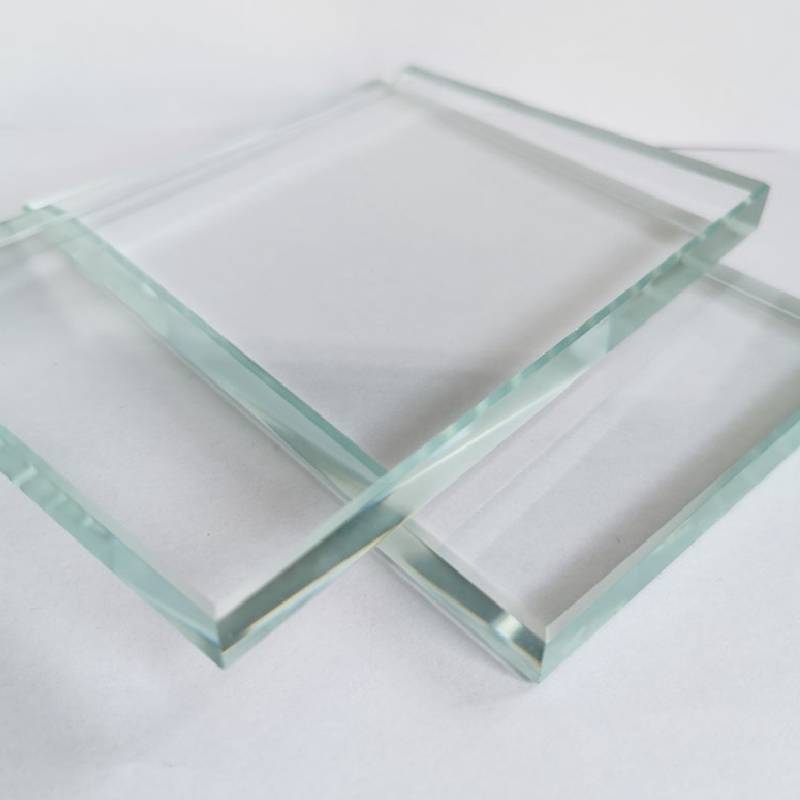Exploring Low Iron Glazing A Clear Choice for Modern Architecture
In contemporary architecture, the use of glass has transformed not only the aesthetics of buildings but also their functionality and environmental performance. One significant innovation in glazing technology is low iron glazing, which has gained popularity for its exceptional clarity and performance qualities.
Low iron glazing is manufactured with a reduced iron content compared to standard float glass, resulting in a crystal-clear appearance. Traditional glass often has a greenish tint due to the iron content, which can distort colors and diminish the overall appearance of a facade. In contrast, low iron glass offers a higher level of transparency, allowing for more natural light to penetrate and illuminate interior spaces. This unique property makes it an ideal choice for applications where clarity and visual integrity are paramount, such as museum exhibits, high-end retail spaces, and modern residential designs.
Beyond its aesthetic advantages, low iron glazing also enhances energy efficiency
. With its superior light transmittance, it can help reduce reliance on artificial lighting, thus lowering energy consumption. Architects and builders are increasingly looking for ways to incorporate sustainable practices into their designs, and low iron glass fits the bill by harnessing the sun's natural light while minimizing heat gain.
low iron glazing
Moreover, low iron glazing can improve thermal performance when used in conjunction with advanced framing and insulating systems. This integration not only supports energy-efficient standards but also contributes to a building’s overall sustainability goals. Its ability to meet strict energy code requirements while providing a modern, sleek appearance makes it a compelling option for new construction and renovation projects alike.
Another benefit of low iron glazing is its versatility in design. It can be treated, coated, or laminated to meet specific performance criteria, such as sound insulation or increased security. As architects continue to push the boundaries of design, low iron glazing provides the flexibility needed to create innovative and engaging spaces.
In conclusion, low iron glazing represents a significant advancement in the world of building materials. Its clarity, energy efficiency, and design flexibility make it an essential component of modern architecture. As we continue to prioritize sustainability and aesthetic value, low iron glazing stands out as a clear choice for architects and builders seeking to redefine the spaces we inhabit.
 Afrikaans
Afrikaans  Albanian
Albanian  Amharic
Amharic  Arabic
Arabic  Armenian
Armenian  Azerbaijani
Azerbaijani  Basque
Basque  Belarusian
Belarusian  Bengali
Bengali  Bosnian
Bosnian  Bulgarian
Bulgarian  Catalan
Catalan  Cebuano
Cebuano  Corsican
Corsican  Croatian
Croatian  Czech
Czech  Danish
Danish  Dutch
Dutch  English
English  Esperanto
Esperanto  Estonian
Estonian  Finnish
Finnish  French
French  Frisian
Frisian  Galician
Galician  Georgian
Georgian  German
German  Greek
Greek  Gujarati
Gujarati  Haitian Creole
Haitian Creole  hausa
hausa  hawaiian
hawaiian  Hebrew
Hebrew  Hindi
Hindi  Miao
Miao  Hungarian
Hungarian  Icelandic
Icelandic  igbo
igbo  Indonesian
Indonesian  irish
irish  Italian
Italian  Japanese
Japanese  Javanese
Javanese  Kannada
Kannada  kazakh
kazakh  Khmer
Khmer  Rwandese
Rwandese  Korean
Korean  Kurdish
Kurdish  Kyrgyz
Kyrgyz  Lao
Lao  Latin
Latin  Latvian
Latvian  Lithuanian
Lithuanian  Luxembourgish
Luxembourgish  Macedonian
Macedonian  Malgashi
Malgashi  Malay
Malay  Malayalam
Malayalam  Maltese
Maltese  Maori
Maori  Marathi
Marathi  Mongolian
Mongolian  Myanmar
Myanmar  Nepali
Nepali  Norwegian
Norwegian  Norwegian
Norwegian  Occitan
Occitan  Pashto
Pashto  Persian
Persian  Polish
Polish  Portuguese
Portuguese  Punjabi
Punjabi  Romanian
Romanian  Russian
Russian  Samoan
Samoan  Scottish Gaelic
Scottish Gaelic  Serbian
Serbian  Sesotho
Sesotho  Shona
Shona  Sindhi
Sindhi  Sinhala
Sinhala  Slovak
Slovak  Slovenian
Slovenian  Somali
Somali  Spanish
Spanish  Sundanese
Sundanese  Swahili
Swahili  Swedish
Swedish  Tagalog
Tagalog  Tajik
Tajik  Tamil
Tamil  Tatar
Tatar  Telugu
Telugu  Thai
Thai  Turkish
Turkish  Turkmen
Turkmen  Ukrainian
Ukrainian  Urdu
Urdu  Uighur
Uighur  Uzbek
Uzbek  Vietnamese
Vietnamese  Welsh
Welsh  Bantu
Bantu  Yiddish
Yiddish  Yoruba
Yoruba  Zulu
Zulu 

